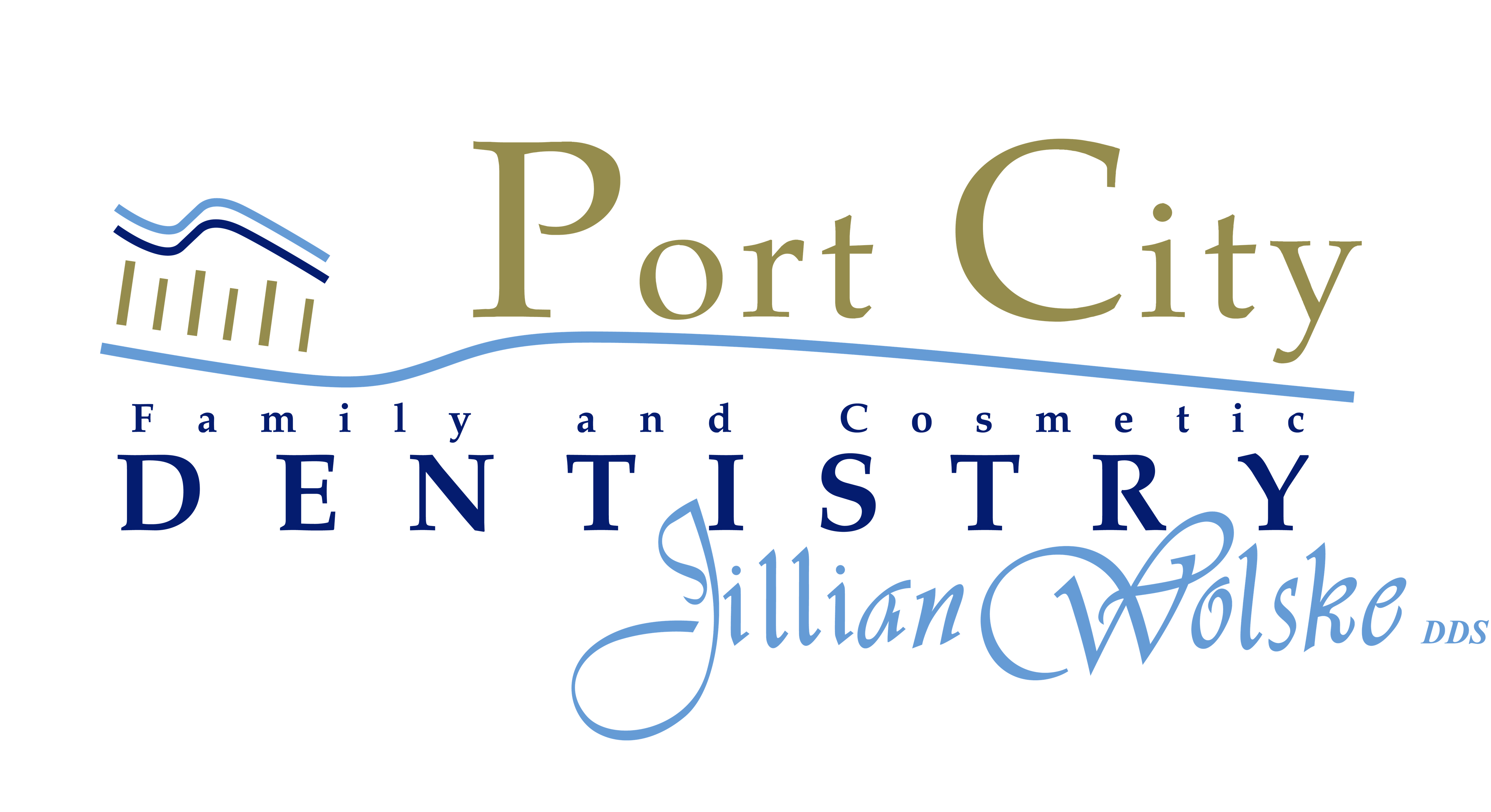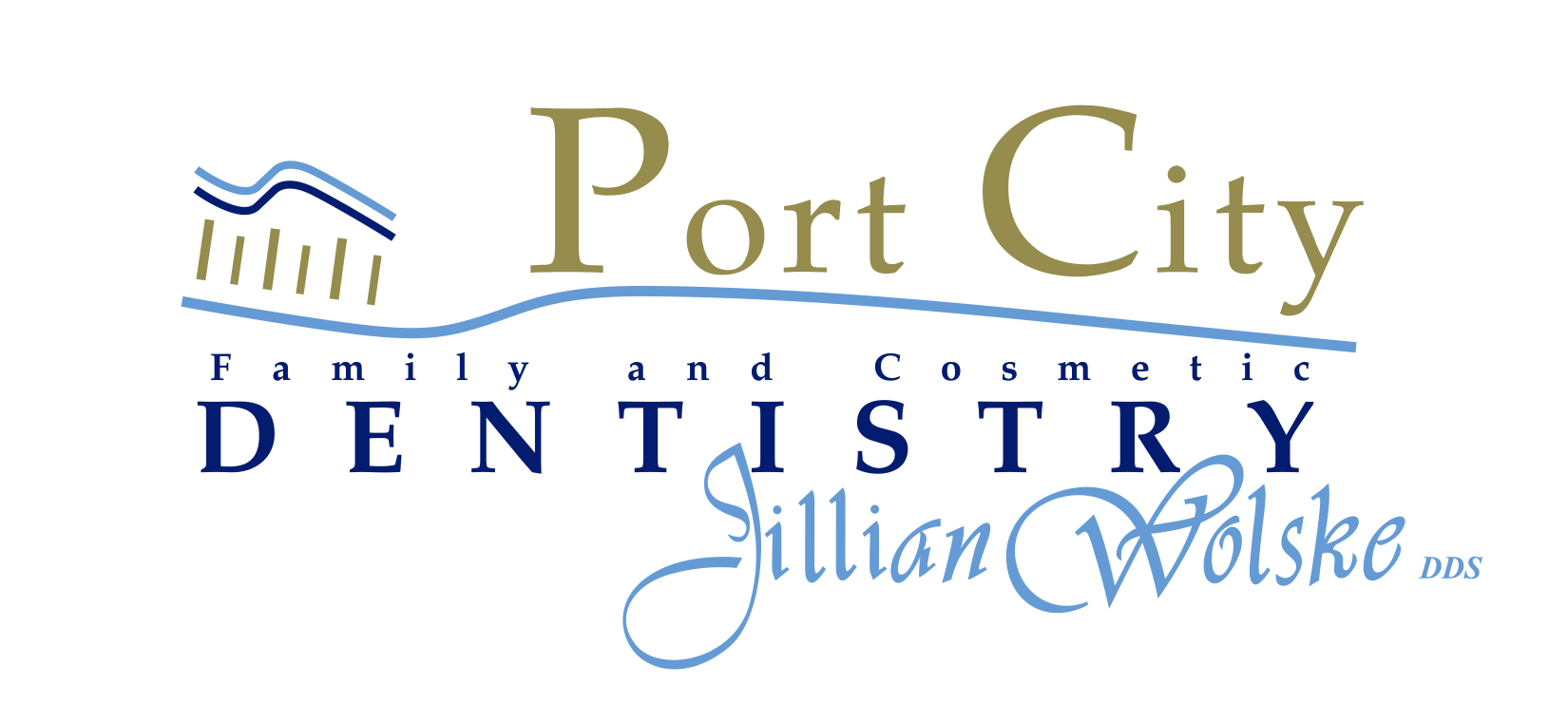Introduction
Temporomandibular joint (TMJ) disorders affect millions, causing discomfort, limited jaw movement, and a range of other painful symptoms. Traditionally, TMJ treatment has involved therapies like mouthguards, physical therapy, and medications to ease the tension. But a surprising solution is gaining traction in dental clinics: Botox. While commonly associated with cosmetic uses, Botox injections are now used by qualified dentists to relieve jaw pain and clenching associated with TMJ disorders, providing a safe and effective alternative.
Understanding TMJ Disorders
The temporomandibular joint is the hinge that connects your jawbone to your skull, enabling movements needed for talking, chewing, and facial expressions. When issues arise in this joint, they can lead to TMJ disorder—a condition that presents with jaw pain, stiffness, earaches, headaches, and even lockjaw. Common causes include excessive muscle strain, stress, misalignment, or teeth grinding (bruxism).
Dental patients in Wilmington NC often struggle to find effective relief. Traditional treatments focus on managing symptoms rather than addressing the root of the problem. Oral appliances, such as night guards, aim to reduce teeth grinding, while physical therapy targets muscle tension. However, these approaches may not always be effective for everyone, particularly in cases of severe muscle hyperactivity.
Botox as a Treatment for TMJ Disorders
Botox is a neuromodulator that works by temporarily relaxing muscles where it’s injected, making it highly effective for conditions involving muscle tension and hyperactivity. When administered by a qualified dentist, Botox injections target overactive jaw muscles to reduce clenching, providing relief from TMJ-related pain and discomfort.
Botox for TMJ disorders typically involves a series of small injections into the masseter and temporalis muscles, which are responsible for jaw movement and clenching. Each treatment session lasts around 10-20 minutes, with results often noticeable within a few days to two weeks. Relief can last anywhere from three to six months, at which point repeat treatments may be necessary to maintain comfort.
Benefits of Using Botox for Jaw Relief
The benefits of Botox for TMJ relief extend beyond just pain management. By reducing muscle tension, Botox helps alleviate many of the secondary symptoms of TMJ disorders, including headaches, earaches, and jaw stiffness.
Patients often report improved jaw mobility, making it easier to eat and speak without pain or discomfort. Aesthetic improvements may also be a byproduct of Botox treatment, as relaxing the jaw muscles can create a slimmer jawline for some patients. This dual benefit has contributed to the popularity of Botox for TMJ, especially among individuals who may also experience cosmetic concerns related to jaw clenching.
Potential Side Effects and Considerations
While Botox is considered safe when administered by a trained healthcare professional, some patients may experience side effects. Common, mild side effects include bruising at the injection site, headache, or temporary flu-like symptoms. In rare cases, patients might experience muscle weakness or difficulty swallowing, but these side effects are typically temporary and resolve on their own.
Choosing a qualified dentist for Botox injections in TMJ treatment is essential to reduce risks and ensure that the injections are performed safely. A dentist skilled in Botox therapy understands the facial anatomy involved in TMJ disorders and can provide more precise, targeted relief.
Patient Experiences and Testimonials
Many patients who have tried Botox for TMJ report positive outcomes, often describing it as life-changing. For individuals who have not found relief through traditional treatments, Botox can offer a new path to comfort. Patient testimonials often highlight the reduction in jaw pain, improved quality of life, and aesthetic benefits of a more relaxed jawline.
Comparing Botox to other treatments, many patients feel that Botox provides faster and longer-lasting relief from TMJ symptoms. While physical therapy and mouthguards can help in certain cases, Botox is sometimes preferred due to its direct impact on overactive muscles.
If you’re suffering from jaw pain, clenching, or TMJ discomfort, Port City Family & Cosmetic Dentistry offers a unique solution to help you find relief: Botox treatment administered by a skilled dental professional. As one of the Wilmington area’s trusted names in dental care, Port City Family & Cosmetic Dentistry combines extensive experience with a compassionate approach, ensuring that you feel comfortable, informed, and confident in your treatment plan.
Why Choose Botox for TMJ at Port City Family & Cosmetic Dentistry?
Botox for TMJ isn’t just about cosmetic benefits; it’s a medically backed approach to alleviating jaw pain and discomfort caused by muscle overactivity. At Port City Family & Cosmetic Dentistry, we specialize in safe, precise Botox treatments for TMJ disorders, understanding the complex anatomy and care required for effective jaw relief.
What Sets Us Apart?
- Expertise You Can Trust: Our team is trained in the latest Botox applications for TMJ relief, with a deep understanding of facial and jaw muscles that allows us to provide targeted treatment where you need it most.
- Comfortable, Personalized Care: We know dental procedures can be intimidating, especially for something as new as Botox. That’s why we take the time to discuss every step, answer questions, and personalize each treatment to fit your unique needs.
- Aesthetic and Therapeutic Benefits: Along with pain relief, Botox treatment can subtly soften the appearance of a clenched or overactive jaw, leading to a slimmer facial profile—an added benefit for many of our patients.
How to Get Started
If you’re ready to explore Botox for TMJ and jaw relief, schedule a consultation with Port City Family & Cosmetic Dentistry. We’re here to help you regain comfort, improve jaw mobility, and feel your best every day. Let us provide the expertise and support you need to take this important step towards a pain-free life.
Call us today 910-251-8174 to find out if Botox for TMJ is right for you!
Frequently Asked Questions
How does Botox help relieve TMJ-related jaw pain?
Botox helps relieve TMJ-related jaw pain by temporarily relaxing the overactive muscles that cause clenching and tension in the jaw. When injected into muscles like the masseter or temporalis, Botox reduces muscle activity, which eases pressure on the temporomandibular joint. This can result in decreased pain, fewer headaches, and improved jaw mobility. Many patients experience noticeable relief within days, with effects lasting three to six months depending on individual response and muscle activity.
Is Botox a safe treatment option for TMJ disorders?
Yes, Botox is generally considered a safe treatment for TMJ disorders when administered by a trained dental professional. At practices like Port City Family & Cosmetic Dentistry, dentists understand the facial anatomy required for precise injections. Side effects are usually mild and temporary, such as minor bruising or headaches. Choosing a qualified provider helps minimize risks and ensures the treatment targets the right muscles for effective relief and improved comfort.
What are the benefits of choosing Botox over traditional TMJ treatments?
Botox offers several benefits over traditional TMJ treatments like night guards or physical therapy. It directly targets and relaxes the muscles responsible for clenching and grinding, which can lead to quicker and longer-lasting relief. Many patients also appreciate the dual cosmetic benefits, such as a more relaxed jawline. Unlike mouthguards, which are worn nightly, Botox treatments require no daily maintenance and may provide relief for several months with just one session.
How long do the effects of Botox last for TMJ pain?
The effects of Botox for TMJ pain typically last between three to six months, depending on how your body metabolizes the treatment and the severity of your muscle tension. Patients often start noticing relief within a few days to two weeks after the injections. Regular maintenance treatments can help sustain the results. Over time, many people find that their symptoms lessen with repeated sessions, possibly requiring fewer treatments as muscle tension decreases.
Who is a good candidate for Botox as a TMJ treatment?
A good candidate for Botox as a TMJ treatment is someone experiencing persistent jaw pain, clenching, or other TMJ-related symptoms that haven’t responded well to traditional methods like night guards or physical therapy. It’s especially effective for individuals with severe muscle tension or bruxism. During a consultation, your dentist can evaluate your symptoms and medical history to determine if Botox may be a suitable, safe, and effective option for managing your TMJ discomfort.

